The Overloaded Soldier: Why U.S. Infantry Now Carry More Weight Than Ever
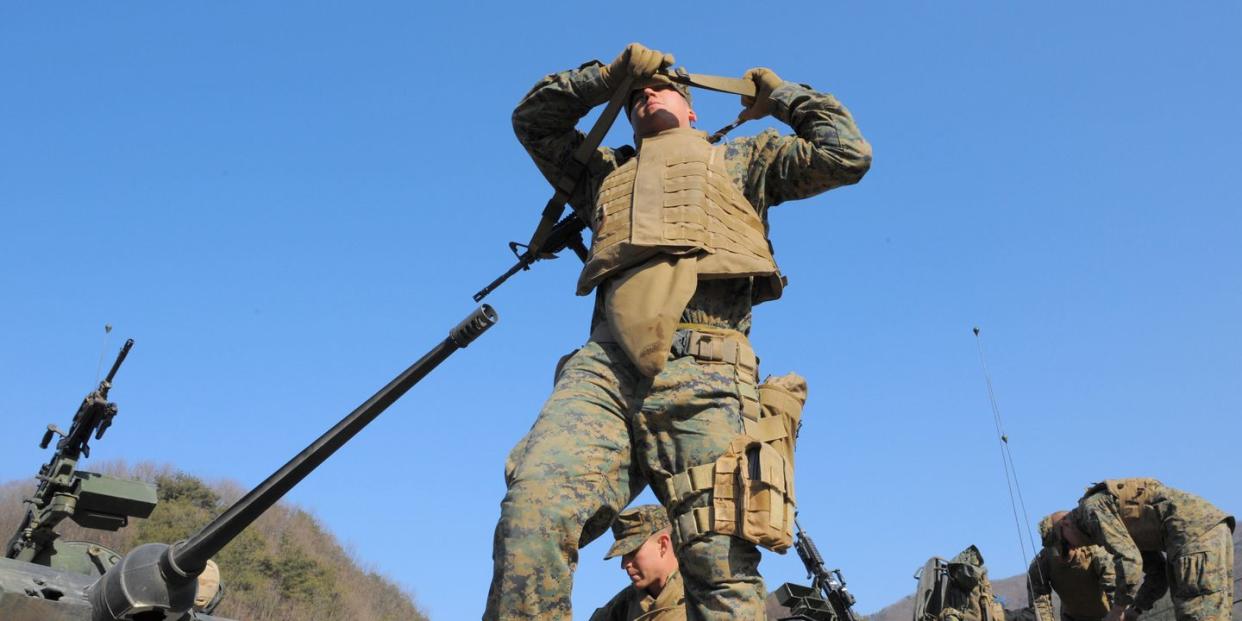
In this era of computerized conflict, dominated by cyberwarfare, laser weapons, and piloting drones from halfway around the world, it can be easy to overlook the importance of a soldier's own muscle power. Despite the relentless march of technology-and in some ways, because of it-soldiers on the march are carrying more weight on their backs than ever before, even going back to the days of swords and armor.
What the heck happened? Over the last decade, hyped technologies such as robotic mules and wearable exoskeletons promised to free up soldiers from hauling so much gear. Instead, the demands of the modern battlefield only increased the load.
This is one problem which technology alone may not be able to solve.
A Heavy History
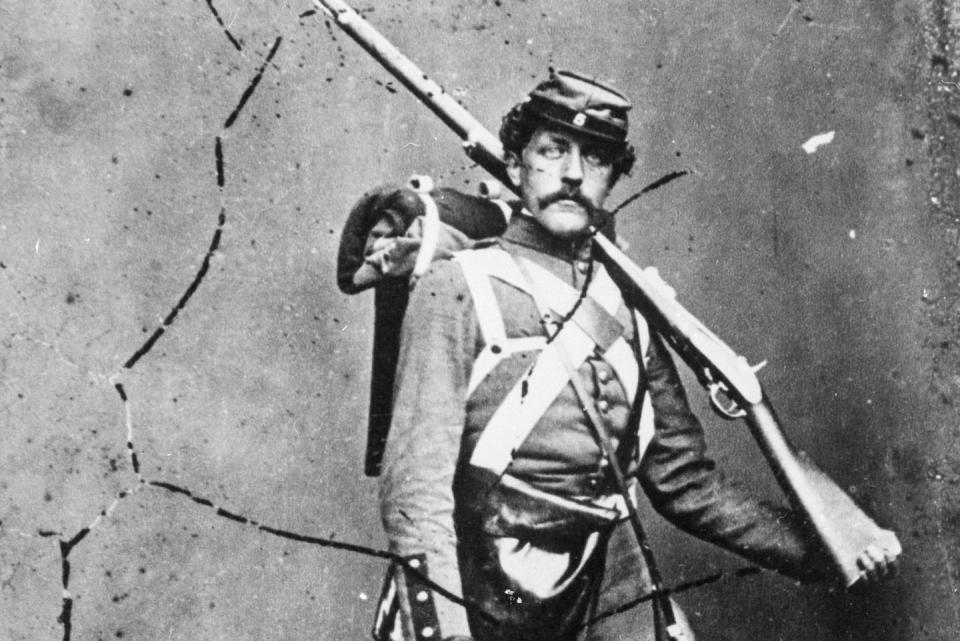
Overloaded infantry is no new problem.
In 107 B.C., Roman general Gaius Marius decided his logistics tail was slowing down his legions, so he ordered soldiers to carry all their own gear. The load included up to a fortnight of rations, a saw, a wicker basket, a shovel, a waterskin, a sickle, and a pickaxe, as well as weapons, armor, and a shield. These legionaries would march 20 miles a day with 80 lbs. of gear, earning the nickname “Marius’ Mules.”
Fast-forward a millennia or more to the era of the medieval knight. His full suit of field armor weighed about 60 lbs., but allowed enough movement for the wearer to mount a horse without assistance. The French knight Jean de Maingre, for example, could climb up the underside of a ladder using only his hands while in full armor.
Heavy armor disappeared as the age of firearms dawned. But soon, the heavy weight of ammunition because a scourge of soldiers. In the American Civil War, a typical Union soldier might carry a total of 60 lbs. of equipment, including a ten-pound musket. By WWII, an American soldier could be carrying 75 lbs., which is why many wounded soldiers drowned during the D-Day landings in 1944.
The Armed Forces have always known this is a problem. Since 1945, the military has carried out at least five major surveys of the soldier’s load. All of them agreed soldiers were overburdened and looked for ways to decrease the weight. And all of them failed, because loads have not only increased for the modern soldier, but have more than doubled.
Why So Much Weight?
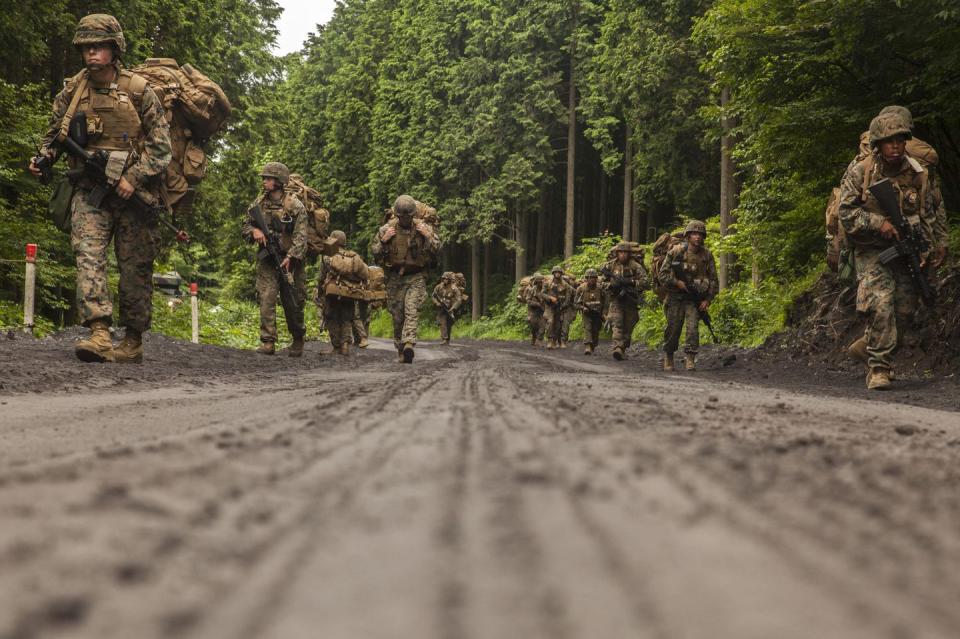
In 2016, the Marine Corps Times reported a new standard for strength and endurance. An average Marine Corps infantry officer should to be physically able to carry 152 lbs. for nine miles. That load might sound extreme, but even official documents describe carrying a 100 lbs. as standard. In the ensuing debate about whether this was realistic, one marine infantryman described carrying more than 200 lbs. during missions in Afghanistan.
The why of the weight starts with body armor. Standard Interceptor body armor plus helmet weighs more than 20 lbs., and the total rises if additional elements are added to protect the neck, arms, groin, and shoulders. “The lesson in operations in the Middle East has been that body armor saves lives, so the default is to put it all on,” says Jack Watling of UK defense think tank RUSI. Watling was embedded in Iraq and has direct experience of operations in several other theaters.
A M4 carbine and ammunition add another 15 lbs. or so. Then there are grenades, food, and water, a poncho, and liner, plus personal items such as a flashlight, night vision gear, and medical kit. This personal equipment along can easily run to 70 lbs.
We haven't even mentioned squad and platoon weapons, and let's face it: Someone has to carry the ammunition. A single 60mm mortar round weighs four .lbs, as does a rocket for the AT-4 launcher. A belt of ammunition for the squad's M249 machine gun weighs six lbs, and soldiers tend to carry all they can. “There’s direct correlation between how much fire you can put down and who wins,” says Watling. “The requirement for ammunition is not going to go down.”
And then there is the bane of every technology user: batteries. “Almost everything a soldier carries today requires batteries,” notes James King in a piece for the Modern War Institute. Batteries for the platoon’s AN/PRC-117 radio weigh four lbs. each, and the radio burns through them rapidly. King estimates that the average soldier goes into action with a hefty 20 lbs of batteries.
Lightening the Load
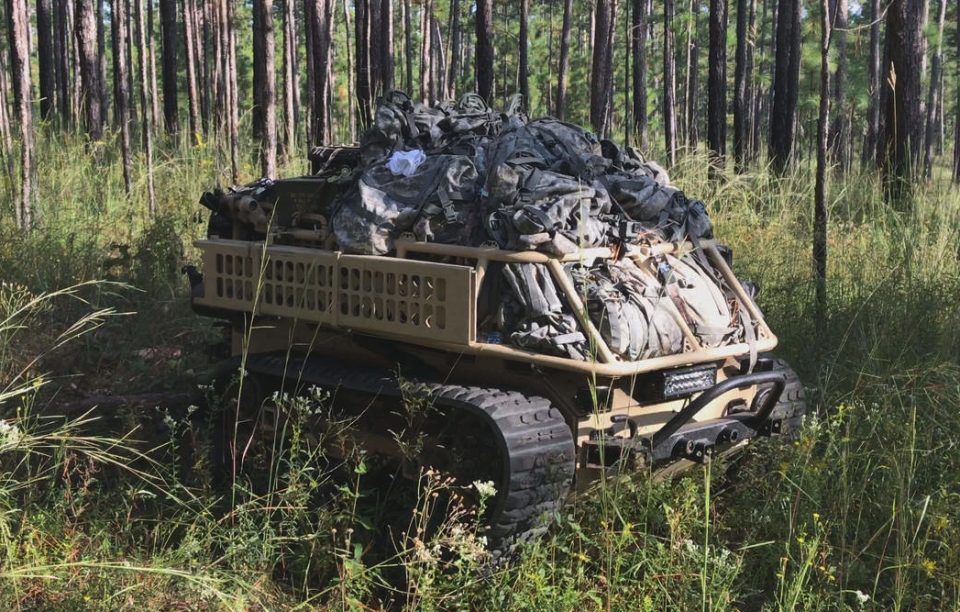
With its weight problem seemingly multiplying, the military is trying to find lighter solutions. The Pentagon already makes everything from Kevlar, carbon fiber, and other lightweight materials, though this trend has led to a widespread joke: A soldier carries 100 lbs. of the lightest kit imaginable.
In the past, of course, armies used the low-tech solution of pack animals to move their gear. These days, tech companies envision robots becoming the modern military mule. Although quadruped robots like BigDog from Boston Dynamics is no longer in the running (it turned out to be a bit too noisy), there are numerous wheeled alternatives.
The U.S. Army’s Squad Multipurpose Equipment Transport program is currently carrying out trials with a variety of small autonomous resupply vehicles including the “Punisher” from Howe & Howe. The Marine Corps issued a request for information on technologies to carry supplies up to the front line, and the British Army’s Autonomous Warrior exercise in November included “last mile resupply” by small unmanned vehicles, including the tracked TITAN and the wheeled Viking.
Such robots can operate on their own either following a leader or plotting their own route cross-country using GPS waypoints. A key requirement is that no soldiers are taken out of the front line to handle the robots.
But these robot mules primary objective is not to take the weight of its human counterparts, but instead to reduce casualties by eliminating the need to expose soldiers while resupplying. In fact, given a robot assistant, many commanders would carry even more weight, such as a .50- caliber machine gun.
There's another issue: Putting all your ammunition on a big, noisy machine that cannot take cover comes with its own inherent risks as well. “If you are using that vehicle as mobile arsenal, it’s a much bigger target-if it gets hit you lose all your ammunition and kit,” says Watling. “It’s a question of distributing risk.”
Another approach is to increase the soldier’s personal carrying capacity. Lockheed Martin’s ONYX is a powered, lowered-body exoskeleton. Rather than being a hard shell, it’s a series of straps and joints takes the load off the off the wearer. The U.S. Army is testing the ONYX, along with the simpler ExoBoot from Dephy, which provides a power-assist to the ankle.
Again though, increased carrying capacity, is an invitation to increase the load. An exoskeleton is an invitation to add more protection, meaning heavier armor, and potentially more powerful weapons.
Carry Less, Risk More
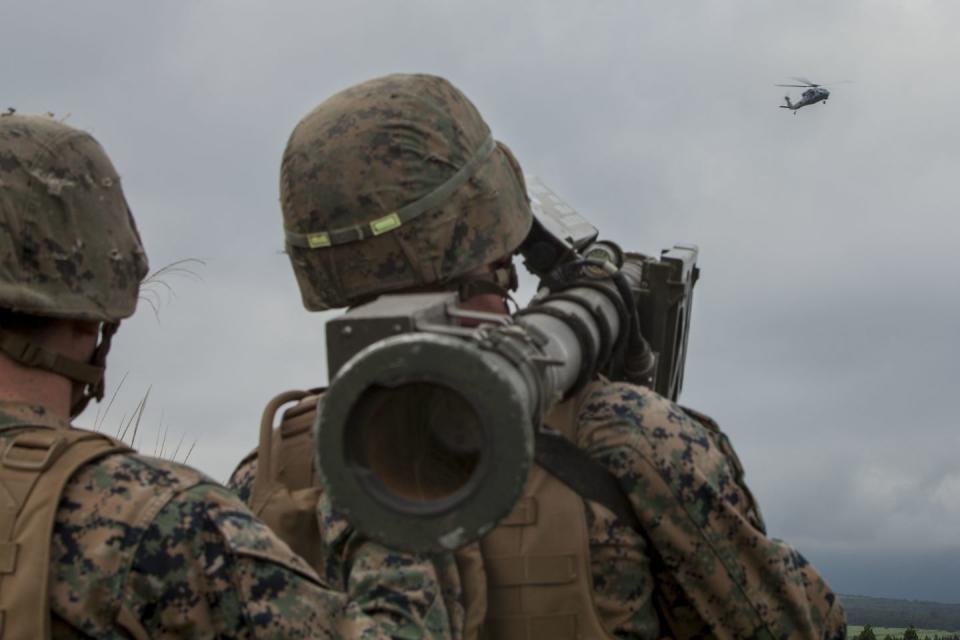
So if adding more weight carrying capacity won’t work, maybe the answer lies on the other side of the equation-just carry less. A British army study, called Project Payne, found that far too much of what is carried is “just in case” and that the amount of ammunition carried by troops is excessive.
Commanders and soldiers plan for the worst and expect the supply system to fail, which it rarely does. The Project Payne study cites the Battle of Long Tan in Vietnam where Australian soldiers fought for more than two hours with just three 20-round magazines each, without running out of ammunition.
But even this approach can seem fraught with danger. Faced with uncertainty, commanders default to the lowest-risk approach of taking everything possible.
“When requirements are uncertain, the safest bet is always to give them everything,” says Watling.
Compared to WWII, modern armies are much more risk-averse. Heavier loads may cause back strain and knee problems, but giving troops more protection and firepower-and communications and sensors with all those batteries-is a higher priority. Lighter loads are unlikely unless we start accepting the risk of more casualties, and in the modern era of the 24-hour news cycle, that seems more unlikely than ever.
('You Might Also Like',)

